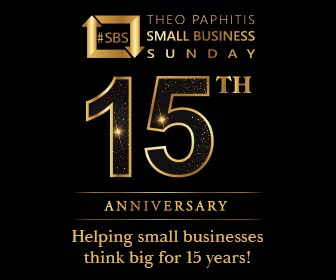This current time of change has got me thinking about communication. In particular, I have been reading and hearing comments in the media about how we are all communicating and how we are being communicated to, with good and bad examples. Mark Twain said, “It usually takes me more than three weeks to prepare a good impromptu speech.” But it seems not everyone has such attention to detail when it comes to accurate communication.
It comes back to the old adage of what you say and how you say it. The way we speak, the words, grammar and imagery can really make a message clear or it can make it totally confusing. Clarity not confusion is required when getting your message across, whether from the media to its readers or us marketers to our target audience. Using negative words vs positive ones can also impact the take home message that the reader or viewer comes away with. Attention grabbing headlines can be written intentionally to scaremonger and to alarm people into reading. Using emotion in marketing is ok but it must be done responsibly and only with good intentions. The aim of any communication in marketing terms is AIDA. Attention (grab it)
Interest (create it)
Desire (develop it)
Action (encourage it)
The art of communication is key across all walks of life. As George Bernard Shaw said, “The single biggest problem in communication is the illusion that it has taken place.” Saying too much can cause confusion and overload whereas saying too little can lead to assumptions and misunderstanding. Saying nothing, though, will leave people to dangerously make their own decisions which may go against what you are trying to achieve. Summarising at the end of a talk or a post or article is also a good idea when delivering a message.
If I am promoting my marketing services to a potential prospect, I may say do you understand marketing, business and planning? But what if I didn’t add commas, it would come out as do you understand marketing business planning? Does that even make sense or is it a list of words? Or if a restaurant is offering tables for dining in, they should say tables reserved for customers eating only. If they wrote it without consider grammar and punctuation, they may say tables reserved for eating customers. A totally different meaning and message!
When it comes to how and what we say, we also need to consider how we publish or put across this messaging and communication. It is all about the right marketing or media channels. For example, a complex message may be easier to put over as a video rather than a lengthy article. Or if your message includes lots of instructions then bullet points or an infographic may be a good idea. This is where imagery and design comes in. Choosing the right image can make or break the clarity and understanding of a message. Font size, colours and layout can also have a real impact.
In my business as a marketing consultant, I am lucky to work with some communication experts in the world of words (copy writing) and in branding and imagery (graphic design). So next time you put pen to paper or start typing or press record, be clear on what you are going to say, to whom and what you want the recipient to then do with this information. Have a clear goal and a clear call to action. If you feel writing and creating isn’t your area of expertise, ask for help. A second pair of eyes and ears who isn’t in your business nor are they an expert in your industry, can help iron out typos, misunderstandings, confusion, and errors.
How you communicate will impact, good and bad, on your brand as well as on yourself as a potential market expert. Keep it simple and keep it clear.




